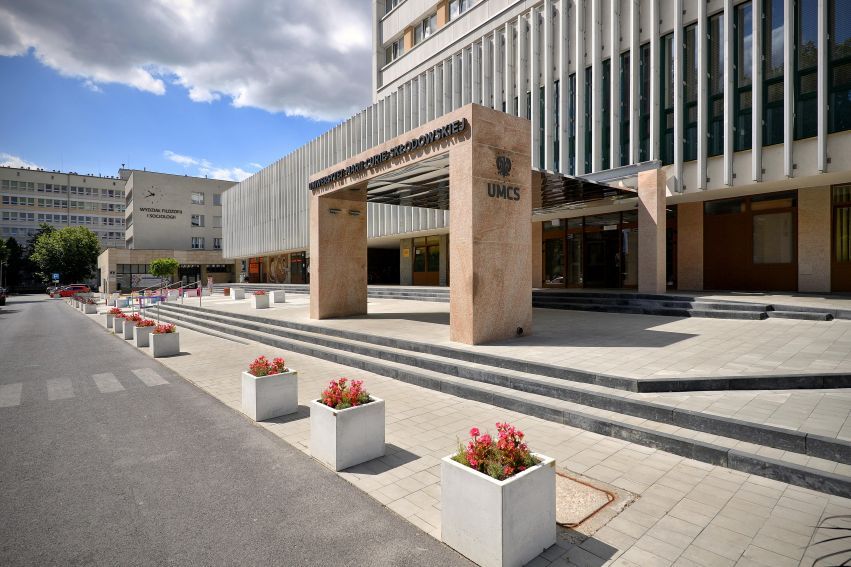Maria Curie-Skłodowska University in Lublin celebrates its 80th anniversary this year. It is worth introducing the difficult beginnings of this university, which was established as the fifth academic centre in Poland.
The university was founded on 23 October 1944, after the Red Army troops marched westwards into the Lublin region. Thus, the UMCS was the first new Polish academic institution in the emerging post-war reality. The four faculties that had functioned from the very beginning – Medicine, Natural Sciences, Agriculture and Veterinary Sciences – were soon followed by a fifth – Pharmacy. The inauguration of the first academic year took place on 14 January 1945. Almost 1,000 students were then admitted, taught by dozens of professors.
The university had no problem finding staff. The professorial staff was completed thanks to the presence of lecturers from Lwów and Vilnius, who had come to Lublin after the end of the Second World War.
The ambition of the new communist government and the university staff themselves was the infrastructural expansion of the university. To this end, a suitable building was sought. The first choice was the building of the Stanisław Staszic Gymnasium (now a secondary school), which became the university’s base until new premises were obtained. Over time, the problem of accommodation for the academic staff also arose – many lecturers had nowhere to live, there were also problems with food and clothing, and at the first meeting, professors sat on… barrels instead of chairs.
The authorities of Lublin finally helped the young university by allocating it new buildings and grounds for the construction of an academic town. From 1949 onwards, further faculties were established, including Law. In 1950, the faculties of Medicine and Pharmacy were separated and soon formed the Medical Academy (now the Medical University). In 1955, the Faculties of Agriculture, Veterinary Medicine and Zootechnics were separated to form the Academy of Agriculture (now the University of Life Sciences). In the meantime, the university campus, a large university district (the Catholic University of Lublin was located next door), was being developed. More student residences were also being built, and in 1962 the construction of the Student Service Centre, or ‘Chatka Żaka’, began – a centre for student culture where several interesting initiatives emerged, including the independent student theatre movement of the 1960s and 1970s.
The ever-expanding campus is an interesting combination of socialist realist, modernist and contemporary styles of architecture, and one of its strengths is the varied terrain and abundant vegetation.





